Anne Frank House Amsterdam
Since my daughter is playing Anne Frank in a Living Museum school project, I thought it would be a good opportunity to post here my impressions of the Anne Frank House in Amsterdam from our October, 2012 visit.
Amsterdam Anne Frank House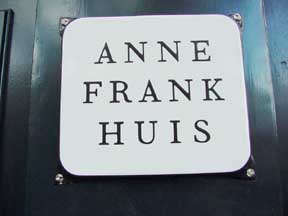
10-25-2012
After
a 45 minute wait in line we entered Anne Frank's hiding place at 263
Prinsengracht, overlooking the canal (gracht ) of the same name.
(Unfortunately, I was unable to take pictures inside so had to clip
those below from public sources.) For a good online summary of the
house with pictures of the neighborhood, click here.
It was predictably depressing and haunting for days afterward.
Annelies
Frank was born 12 June 1929 in Frankfurt am Main in Germany. She would
have been 3 months older than my father. They fled Nazi Germany in
1933 for Amsterdam, where they hoped to create a new life for
themselves.
There
was a June 1935 class picture showing her Montessori school class. The
Jewish children including 6 year-old Anne were all numbered with their
deaths and dates listed on a legend. 17 of the 30 students were Jewish.
10 of those 17 died in the camps.
In 1940, the Germans invaded Holland, instituting the same brutal antisemitic policies they had elsewhere. 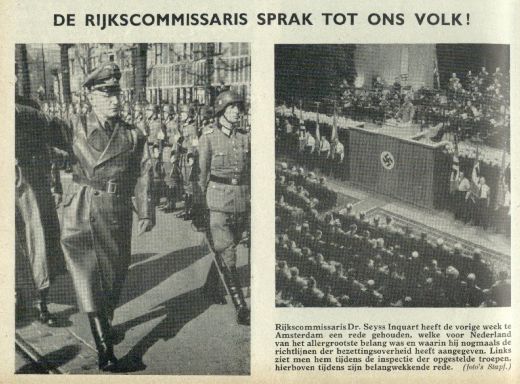
In
the Concertgebouw (concert hall) where we listened to a cello concert,
Seyss- Inquart, Reichs Commissaris for the German occupied Netherlands
gave a speech, frequently interrupted by enthusiastic applause:
And
I would like to take this opportunity to say something about the Jewish
question. We do not consider the Jews to be members of the Dutch
nation. The Jews for us are not Dutch. They are an enemy with whom we
cannot have a cease fire nor make peace. Do not expect me to set this
down as a regulation except in police measures. We will hit the Jews
where we can. And those who help them will be hit just as hard.
Rental
records from Frank's neighborhood from 1942 to 1943 showed that most if
not all had "moved out" the apparent euphemism for deportation or gone
into hiding. 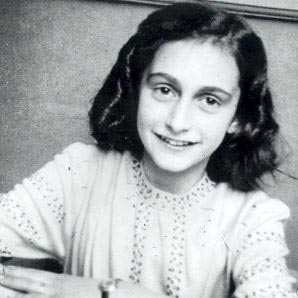
Anne Frank at age 13.
Anne Frank (right) and her older sister Margot.
There were many photographs and even a film of her including a May 1942 photo taken two months before she went into hiding; no photographs were taken of her again. 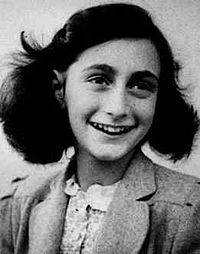
Last known photo of Anne Frank.
We
saw the postcard they sent to their relatives in Basel, Switzerland, on
6 July 1942, the day they decided to go into hiding following an SS
summons for Anne's older sister.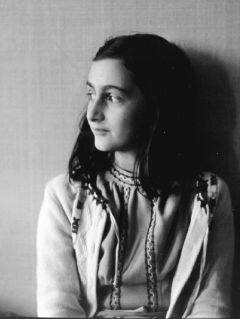
I
downloaded and reread her Diary before and after the visit and it was
eerie seeing the same neighborhood sights, hearing the same church bells
that she wrote about. I really don't think you can appreciate her
precocious insight and the poignancy of this book unless you are reading
it as a father of a teenage daughter.
"A
voice in me screams: go outside," she wrote after years of
claustrophobic isolation. It must have been like living in a submarine.
"Not being able to go outside upsets me more than I can say, and I’m
terrified our hiding place will be discovered and that we’ll be shot.
That, of course, is a fairly dismal prospect."
"In
the evenings when it’s dark, I often see long lines of good, innocent
people, accompanied by crying children, walking on and on, ordered about
by a handful of men who bully and beat them until they nearly drop. No
one is spared. The sick, the elderly, children, babies and pregnant
women—all are marched to their death... I feel wicked sleeping in a warm
bed, while somewhere out there my dearest friends are dropping from
exhaustion or being knocked to the ground. I get frightened myself when I
think of close friends who are now at the mercy of the cruelest
monsters ever to stalk the earth. And all because they’re Jews."
She
tried to imagine a postwar world but it became increasingly difficult.
"I simply can't imagine the world will ever be normal again for us," she
wrote on 8 November 1943. "I do talk about 'after the war' but it's as
if I were talking about a castle in the air, something that can never
come true."
Yet
the striking thing about the diary is its banality, how life went on
despite the terror beyond the secret annex. After a fight with her
father in March 1944 she wrote him a letter declaring "You must not and
cannot regard me as 14. I've grown older because of all the misery."
She
even learned shorthand through a weekly correspondence course (in one
of her helper's names of course): "I’m also working away at my
shorthand, which I enjoy. Of the three of us, I’ve made the most
progress."
She
had an innocent, child's sort of faith, although she admitted not
knowing why those who seemed as devout as anyone (she was from a
liberal, assimilated family) were dying: "I can’t help her [a friend
who had been arrested but would ironically survive]. I can only stand by
and watch while other people suffer and die. All I can do is pray to
God to bring her back to us...Dear God, I have everything I could wish
for, while fate has her in its deadly clutches. She was as devout as I
am, maybe even more so, and she too wanted to do what was right. But
then why have I been chosen to live, while she’s probably going to die?
What’s the difference between us? Why are we now so far apart?" She had
survivor's guilt yet the irony of course was that her survival was not
assured. "God has not forsaken me, and He never will," she wrote four
months before she was to be arrested and less than a year before she
would die.
On
4 August 1944 at 10:30 am following a tip from someone whose identity
remains unknown, she and her family were arrested by three Dutch agents
and an Austrian SS officer.
They were sent to Auschwitz but as the Russian troops approached, Anne and her sister were transferred to Bergen-Belsen.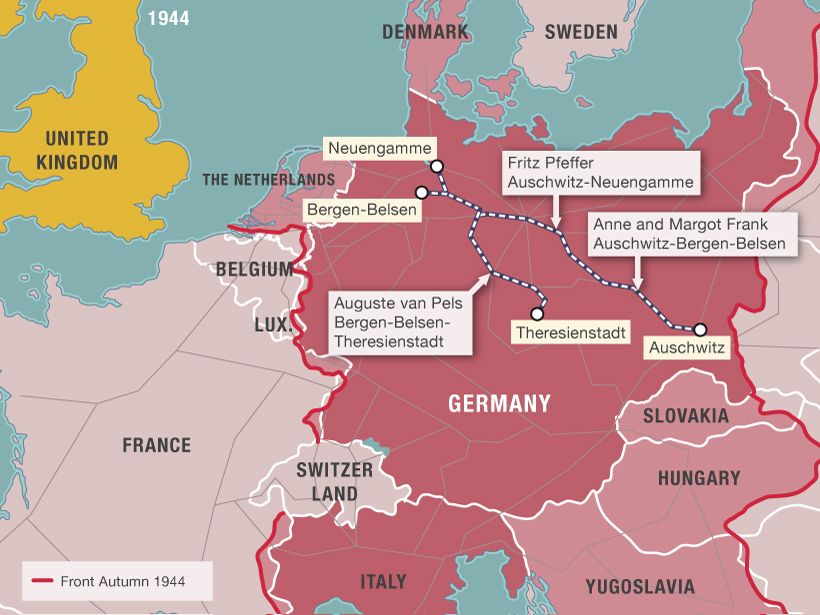
Otto
Frank, her father, was the only one of those in hiding to survive. He
was saved on 27 January 1945 when Auschwitz was liberated; he was in the
infirmary at the time.
Auschwitz in January, 1945; there were only 7,650 survivors.
He didn't know it at the time but his daughter, Anne, was still alive.
In
fact, a childhood friend, Hannah Gosler, who was Jewish but also had
Paraguayan citizenship so was kept in a better camp neighboring
Bergen-Belsen, managed to meet her twice, tossing a Red Cross package
over the barbed wire. Her sister had died, Anne said, and now she had
no one. It just wasn't right. She didn't know that her father was still
alive. She died of typhus two months after her father had been
liberated, in March 1945 at Bergen-Belsen. Her sister died in February
1945 of the same cause.
Mass Grave #3 at Bergen-Belsen Concentration Camp.
Memorial for Anne and her sister at Bergen-Belsen Concentration Camp.
The
Germans were meticulous record-keepers: we saw the index card with Anne
Frank's information and date of death (March 9, 1944) next to a cross. 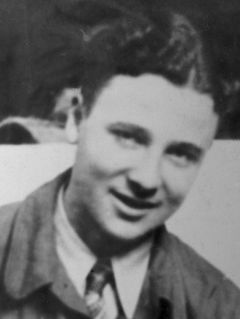
Peter van Pels who appears prominently in her diary almost made it, but died on 5 May 1945 in a camp in Austria.
I
hope that these lines get to you bringing you and and all the ones I
love news that I have been saved by the Russians, that I am well, and
being looked after well in every respect. Where
Edith and the children are I do not know. We have been apart since 5
September 1944. I merely heard that they had been transported to
Germany.
Otto Frank wandered back to Amsterdam where he arrived on 3 June 1945
to
a joyful reunion with those who had helped him. All had survived. He
learned en route that his wife had died, but he had heard nothing about
his daughters, so waited.
When Anne's death was confirmed a secretary who had discovered her
diary gave it unread to her father who decided to publish it to
personalize the Holocaust and as a literary work in its own right.
It's
been translated into about 75 languages and made into numerous plays
and movies, including one that won Shelley Winters an Oscar for her
portrayal of Mrs. Van Dan. The actress donated the Oscar to the museum
and there it was - a shiny gold Oscar up close and personal.
In all, 103,000 Jews were deported from the Netherlands to die in concentration camps. Amsterdam was particularly hard-hit losing three- fourths of its prewar Jewish population. The Jewish quarter was razed.
In all, 103,000 Jews were deported from the Netherlands to die in concentration camps. Amsterdam was particularly hard-hit losing three- fourths of its prewar Jewish population. The Jewish quarter was razed.
There
are countless Anne Franks out there right now, children and young
people growing up in war and occupation, targeted for death by people
they have never met simply because they are the wrong religion,
ethnicity, political party, or sexual orientation (a memorial to the
tens of thousands of homosexuals murdered by the Nazis was also nearby).
The horror of her story is not its uniqueness but its almost
mind-numbing regularity before and since World War II. Our species has
this strange compulsion to round up and kill other members of our own
species, something unique in the animal world (except among other
primates), for the most arbitrary of reasons. If we don't acknowledge,
study, and dismantle this compulsion, the cycle of industrialized
cruelty will continue.
No comments:
Post a Comment